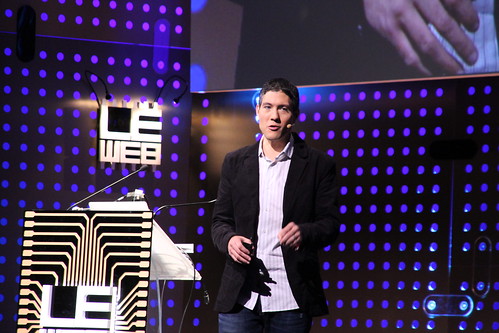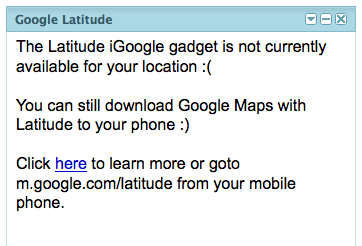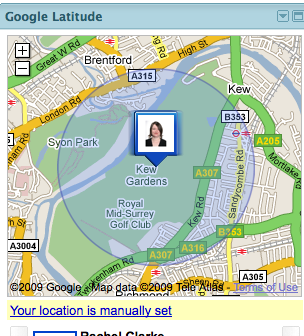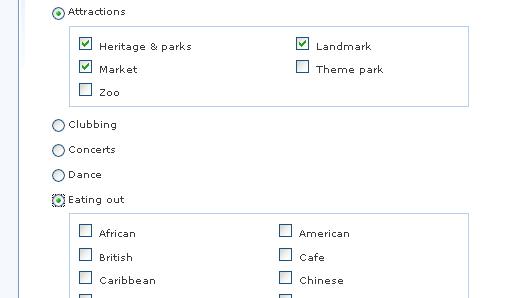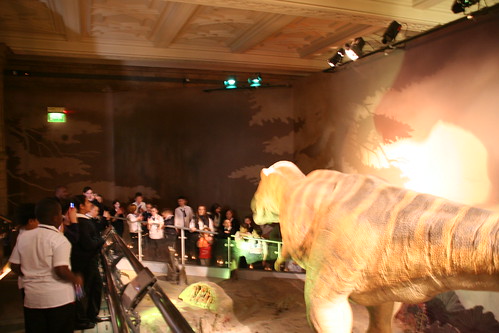There’s no doubt there is a lot of harassment on Twitter. The pseudonymous nature of the open platform creates an environment where random bullying can be become the norm, especially in certain spheres. This isn’t the fault of Twitter, the reasons go far deeper into society than one platform, but it is a mirror into the worst human behaviour.
Although Twitter does not demand ‘real’ names (like Facebook), it does offer Verification, which is seen as confirmation that the person behind the account is who you may think it is. It’s for people who attract impersonators, celebrities in various fields, whether sport, entertainment or even, given the original core base of Twitter, technology.
In the last week Jason Calacanis published an article about how Verification could solve harassment overnight. He believes that by allowing people to pay a small fee for verification, you create a ‘real people’ Twitter, people who had verified their identity. Along with a little blue tick, you would then get an option to only be able to see other verified people or, stay open to all but you would have to confirm that you know the consequences:
“By selecting ‘Show me everyone’ you are going to see accounts that are anonymously published that we have no way of tracking. These accounts can include fun content like anonymous parodying of celebrities or political accounts that publish anonymously for fear of being prosecuted. However, anonymous content can also include very offensive humor, nudity, political incorrectness, graphic images, and worse. By clicking this you are agreeing to, essentially, seeing an R-rated (and sometimes X-rated) film. No judgements either way.”
Now, Nik Butler has some very good comments – this option is not available to everyone nor is it the right option.
Let us set aside the reality that identity theft, credit fraud and and poor financial security systems will inevitably cause the end subscriber of a credit card to see some level of abuse to their credit let us look at what the other implications are.
1. You don’t have a credit card if you are under the legal age to access one. We are not just talking pre teens here but teenagers who in some countries are legally old enough to vote or be in military service but cant get credit until they pass a birthday milestone.
2. You may not have a credit card if you have experienced previous financial difficulties resulting in .. bad credit. Does having Bad credit mean your words are equally likely to be bad ?
3. Not every country has the same credit and financial service as the other. Should we avoid hearing the voice of a citizen because their country is deemed a poor credit position?
Jason believes that people will sign up for this and they will turn on the ‘see verified only’ option and by doing this, it’s going to stop harassment. But there’s no explanation of why, just that people verified, harassment stops, Twitter makes money. But that’s not how people behave and just turning off who you can see does not stop it.
- Real people bully too. It may not be as hate filled (and illegal when threatening or inciting violence) but it can be bullying and verification won’t stop this. This type of behaviour does not get the headlines, but it exists, subtly.
- Just because you can’t see it, does not mean it does not happen. For someone like Jason, male, white, financially comfortable, he undoubtably does get trolled on Twitter, but it’s unlikely to be as vicious as that received by many other groups. For those groups, it may actually be useful to know that someone is on their way to try and kill you (or at least saying they are). You can inform the police and get out of the way. Not seeing the harassment may be better for peace of mind, but not necessarily for safety. Brianna Wu’s account of her harassment shows there is a reason to know when someone is coming to get you!
Twitter allows more flexibility than Facebook over an account. Which is why I can own 3 accounts for completely different reasons. Which is why Terence Eden can create a Choose Your Own Adventure story. That is a good thing. It’s also a weakness as banned accounts can quickly be recreated and bullying continues. Will choosing to restrict access remove that flexibility and the ability for real segmentation of use?
There is another consideration for rolling out verification wider – which is what is verification for?. William Shatner got into an interesting debate on the platform about verification, pointing out that a social media manager/reporter is not the sort of person he would expect to be verified, calling this person a ‘nobody’. His term may have been derogatory, but his meaning was clear. If verification is about making sure that the person on the account is the real celebrity/athlete/star and is subject to impersonation,s so you should only believe the verified account, then awarding it to someone for ‘being good at his job’ makes a mockery of the system.
I think that we do go down this route, we need to introduce another grouping – a validated group. To me, this is just the equivalent of Flickr Pro. Make the person a subscriber and provide them additional services for that money. You tie them to a real identity, and you should be able to have multiple accounts tied to this identity, and in return, more services are offered. The ability only to see the restricted view, or not to see ads or, in my case, not to have any of the recent improvements such as name rather than twitter handle, conversations and the continuous injection of what twitter thinks I should be seeing rather than what i want to see. I’d pay for Twitter classic! 🙂
But have no doubt, offering this will not stop the bullying and threats. That is not an easy problem to change. it requires a lot of actions across many parties to change the direction on the social media mob and pile on culture. People to stand up and challenge it. Twitter to make it easier to report and control. Law enforcement to have the will, time and money to pursue. Education to discuss. Parents to discuss. It’s not going to be easy and I think it’ll get worse before it gets better.
